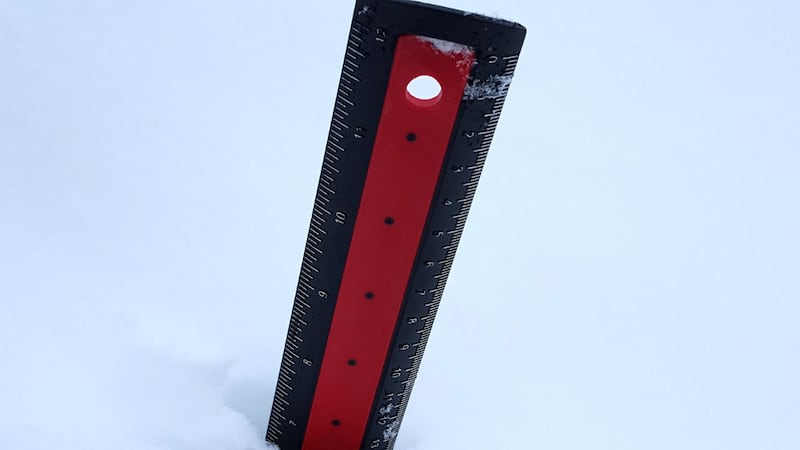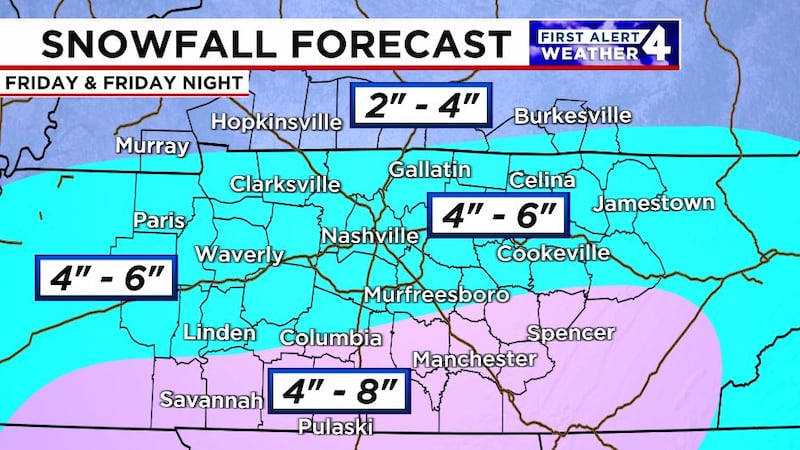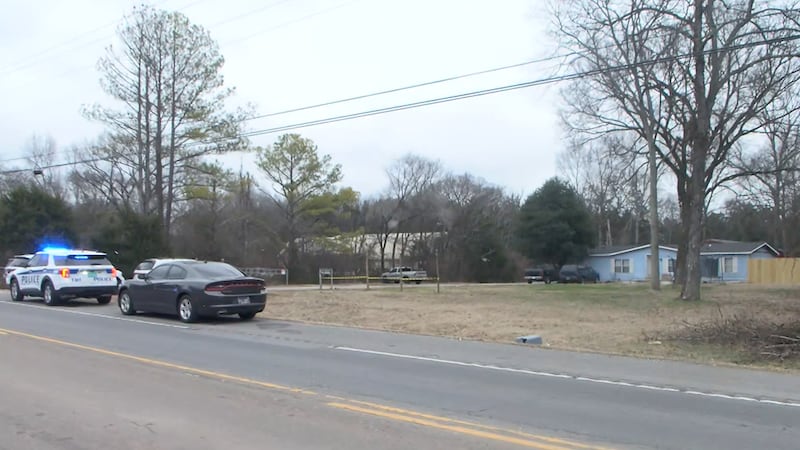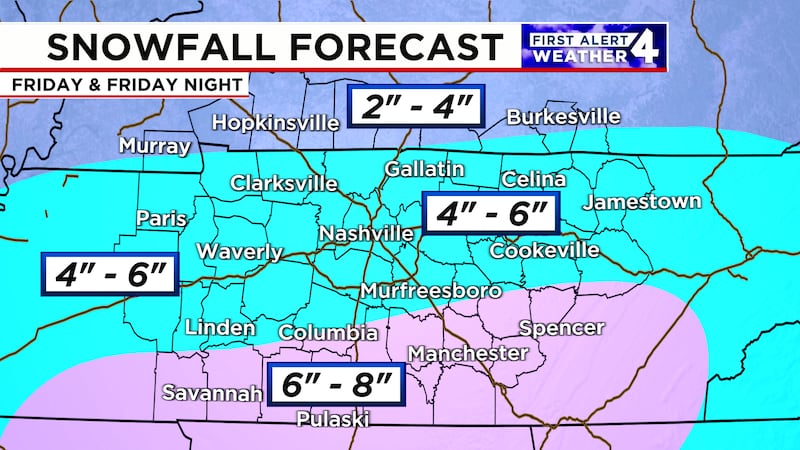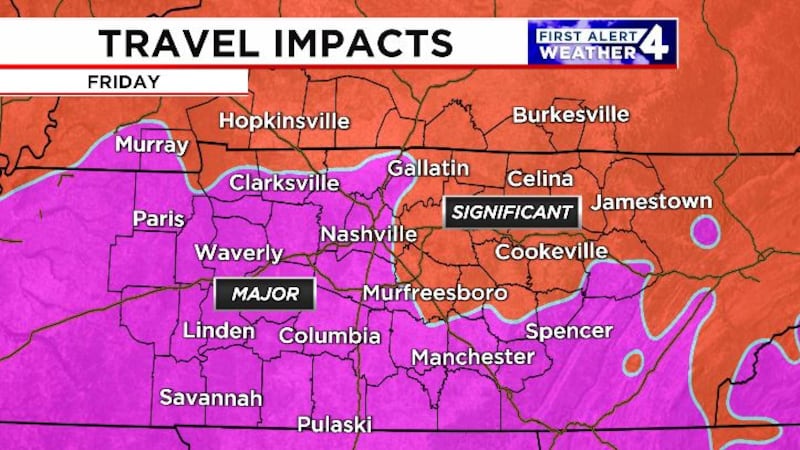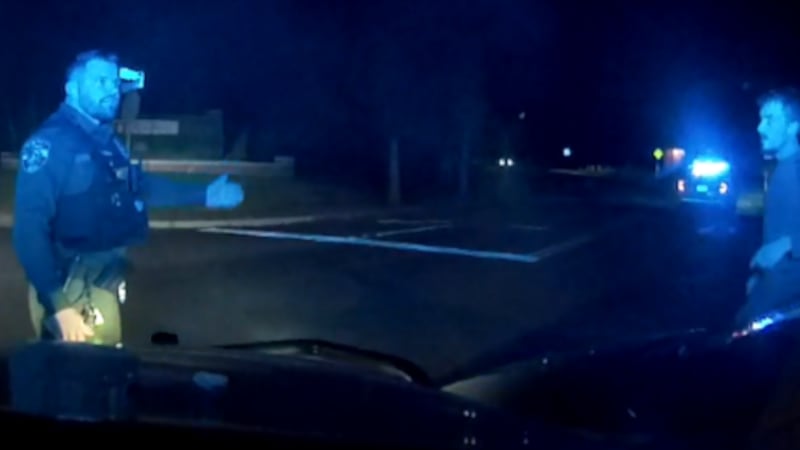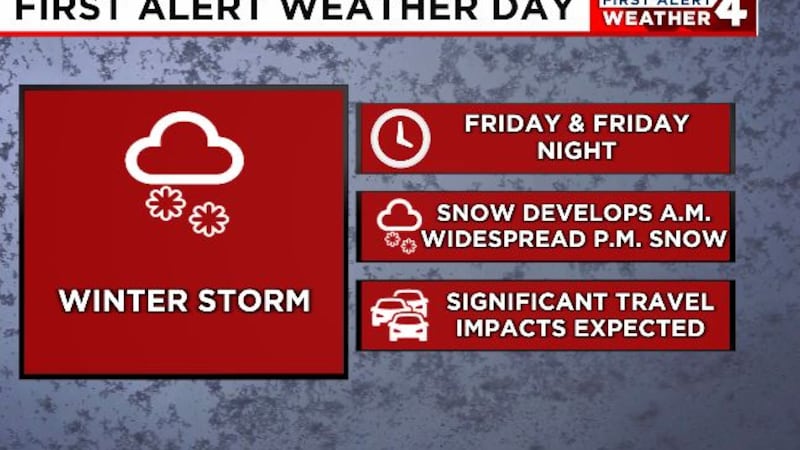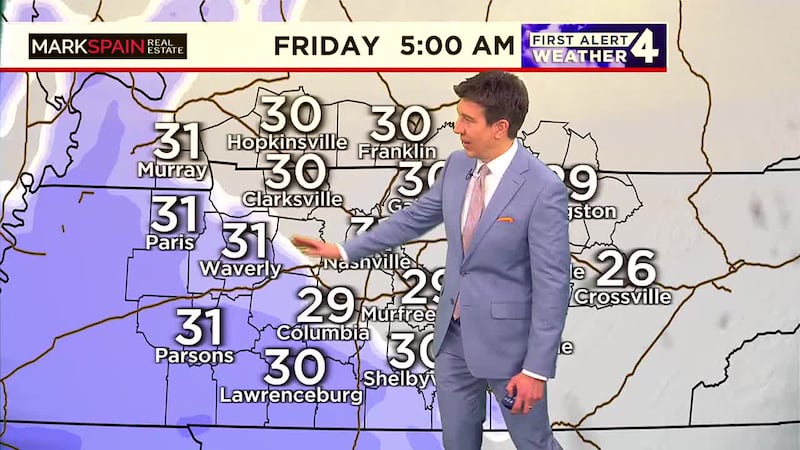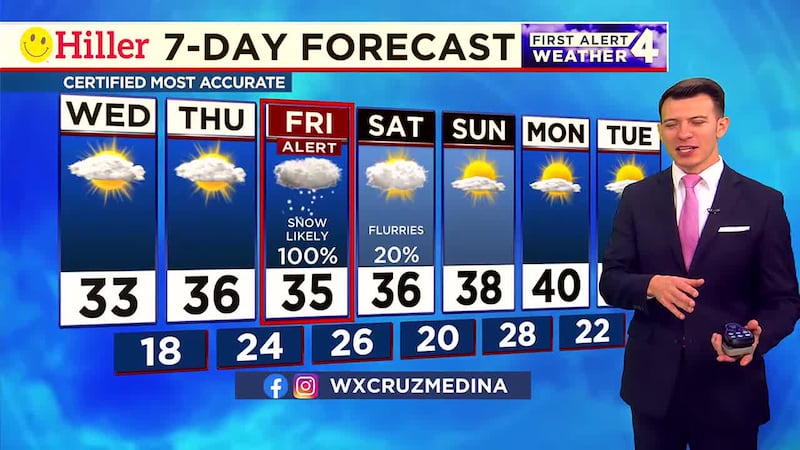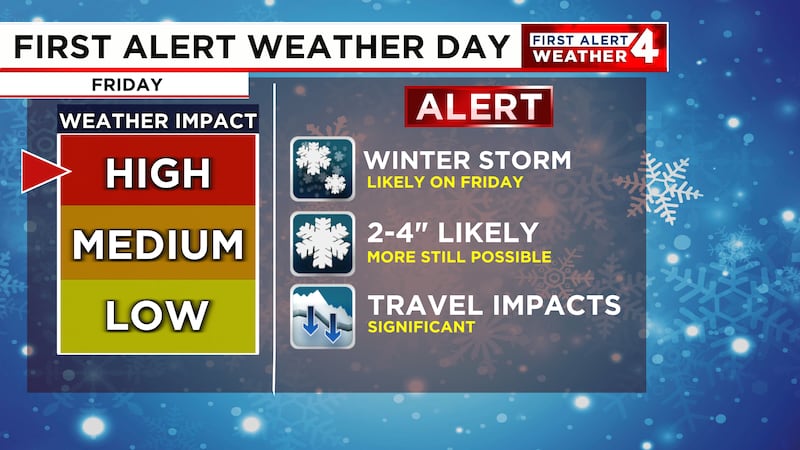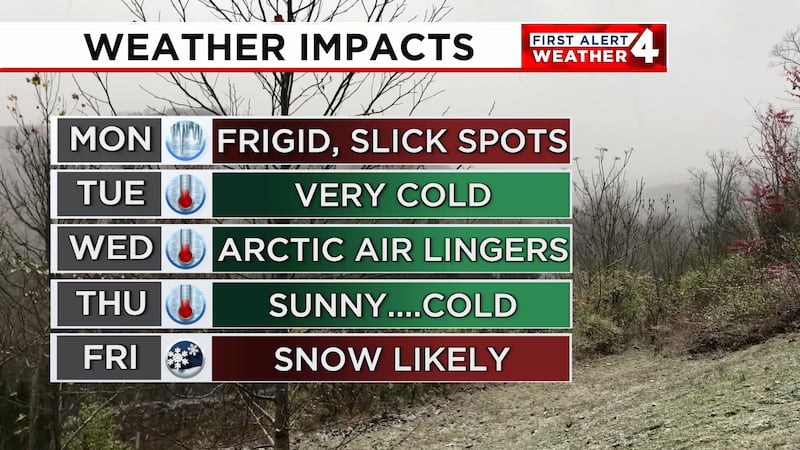Falling back: The time change debate
Daylight Saving Time ends this weekend.
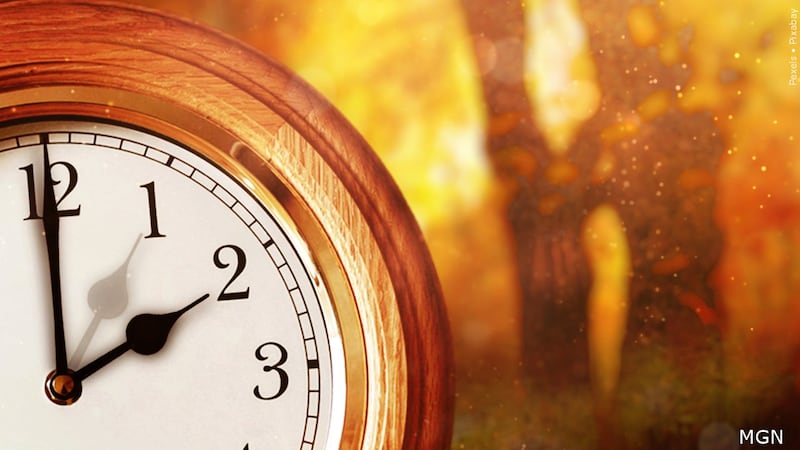
NASHVILLE, Tenn. (WSMV) - Daylight Saving Time comes to an end this weekend, Sunday at 2:00 A.M.
We’ll set our clock back one hour, gain an hour of sleep, and then take about a week or so to complain about how dark it gets in the early evening.
For years now, there has been an ongoing debate about whether we should ditch changing the clocks twice a year. It’s even gained some steam from local state governments, but even with a few bills introduced, none have ever made much headway. While about 2/3 of Americans say they want to stop changing the clock, there isn’t a clear agreement on whether to stay on Standard Time or Daylight Saving Time.
Daylight Saving Time was first implemented during World War I as an energy-saving policy. However, the most recent 2008 study of DST and energy consumption found that people actually consume more energy during Daylight Saving Time, because with more daylight, people run air conditioners for longer, even if their lights aren’t on for as long. However, some argue that climate change and increasingly warmer temperatures annually play a role in this.
Research has shown that the biggest headache around the time change is driving. While more people will have daylight for their morning commute, it will be dark for most heading home from work. Studies show that the few days after daylight saving time ends, there is a significant rise is car accidents in the evening rush hour time frame.
Back in 1974, Americans did stop changing clocks... but it didn’t work for long. After a few months of staying on Daylight Saving Time through the fall and winter months, we went back to time change because there was a big concern over children going to school in the dark. Even if we don’t change our clocks, the Earth is still rotating around the sun and creating shorter hours of daylight during the winter months-- no matter what the actual time. If we were to get rid of Standard Time altogether, the sun would not rise until after 8:00 A.M. in the winter months. During the test in the 70′s, there was an astronomical increase in the number of car accidents-- especially in the early morning.
On the flip side, retailers argue that Daylight Saving Time helps boost the economy when it stays lighter later. More people say they don’t shop as much in the fall and winter months because it gets darker earlier. Women, especially, don’t like to be in dark parking lots or garages for safety reasons. It is a fact that aside from the Christmas rush, retail sales are usually much slower in the months of Standard Time, but it hasn’t been proven that the time change has a direct impact on that or not.
Copyright 2024 WSMV. All rights reserved.

